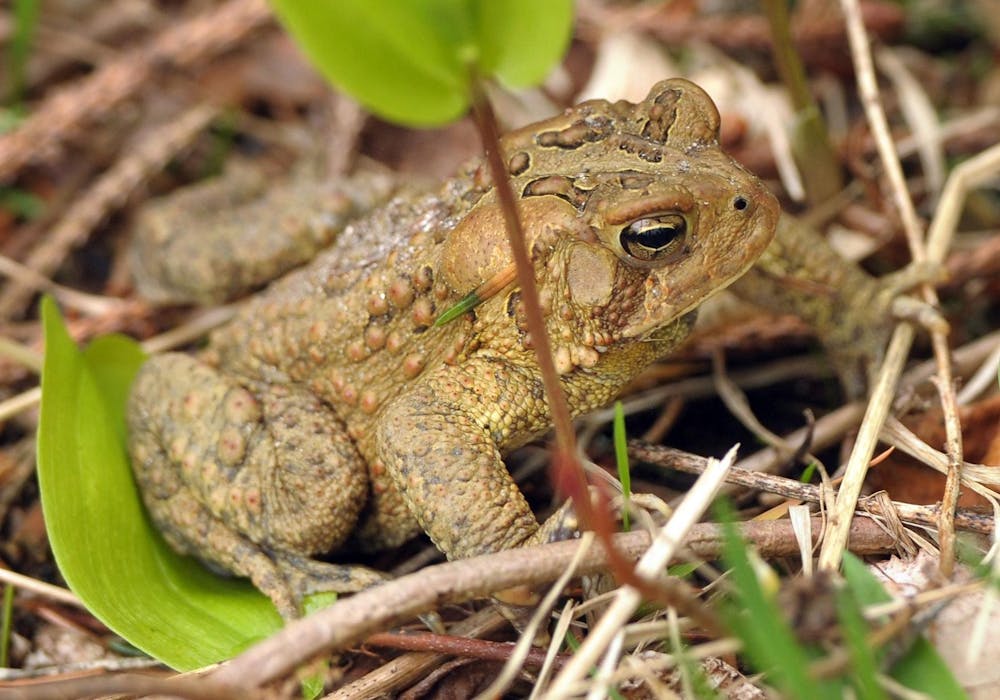In April, Gov. Eric Holcomb removed state protections for over 50% of wetlands in Indiana when he signed Senate Enrolled Act 389 into law. The law goes into effect on July 1st, according to Indiana Environmental Reporter.
Frog species can be harmed when their habitats are disturbed, such as when the wetlands are drained and farmers use high levels of chemicals in areas that come in contact with frogs, Vicky Meretsky, Director of O’Neill Environmental Master’s Programs, said.
There are around 17 species of frogs and toads native to Indiana. According to the Hoosier Herpetological Society, frogs and toads are amphibians, a class of animals especially susceptible to pollution and environmental challenges.
In addition to being a critical habitat for frogs, wetlands also protect and improve water quality in ways comparable to coral reefs and rainforests, according to the EPA.
Meretsky said it’s important to find a balance that keeps wetlands safe while understanding farmers’ economic needs. She said the first thing she would do to protect frogs would be to reverse Senate Enrolled Act 389.
“There’s a certain amount of self-interest in having some level of environmental quality because we do live in the environment, even if we never leave our apartments,” Meretsky said. “It comes to us through our taps, in the foods we eat, and the air we breathe.”
Frogs must keep their skin moist because it’s where they exchange oxygen. They are often indicators of issues with water quality because they directly absorb water into their skin, Jill Vance, Interpretive Naturalist for Monroe Lake, said.
Vance said that mutations and a decline in frog populations tend to be early signs of issues with a water system.
In order to protect frog species, it’s important to control runoff, the substances in water drained from an area of land. Runoff can come from areas such as parking lots and farm fields, Vance said.
The Indiana Department of Natural Resources is helping local frogs through population monitoring and habitat restoration. A large wetland restoration project is happening in Goose Pond Fish & Wildlife Area, about an hour West of Bloomington, Nate Engbrecht, Herpetologist for Indiana DNR, said.
The crawfish frog is an endangered frog species in Indiana. The DNR is getting ready to start a habitat suitability study to identify areas where crawfish frogs could be reintroduced, Engbrecht said.
The crawfish frog and the plains leopard frog are endangered, but the green tree frog has expanded its range since it was discovered in 2003, Engbrecht said. The green tree frog can now be found in eight different counties in Indiana.
One way individuals can help frogs is by making a backyard habitat for them. A frog pond can be built in a backyard as long as fish aren’t put in that might eat the tadpoles, Engbrecht said.
Engbrecht said that people can also easily make frog shelters by flipping over a clay pot and making a small entrance on it.






